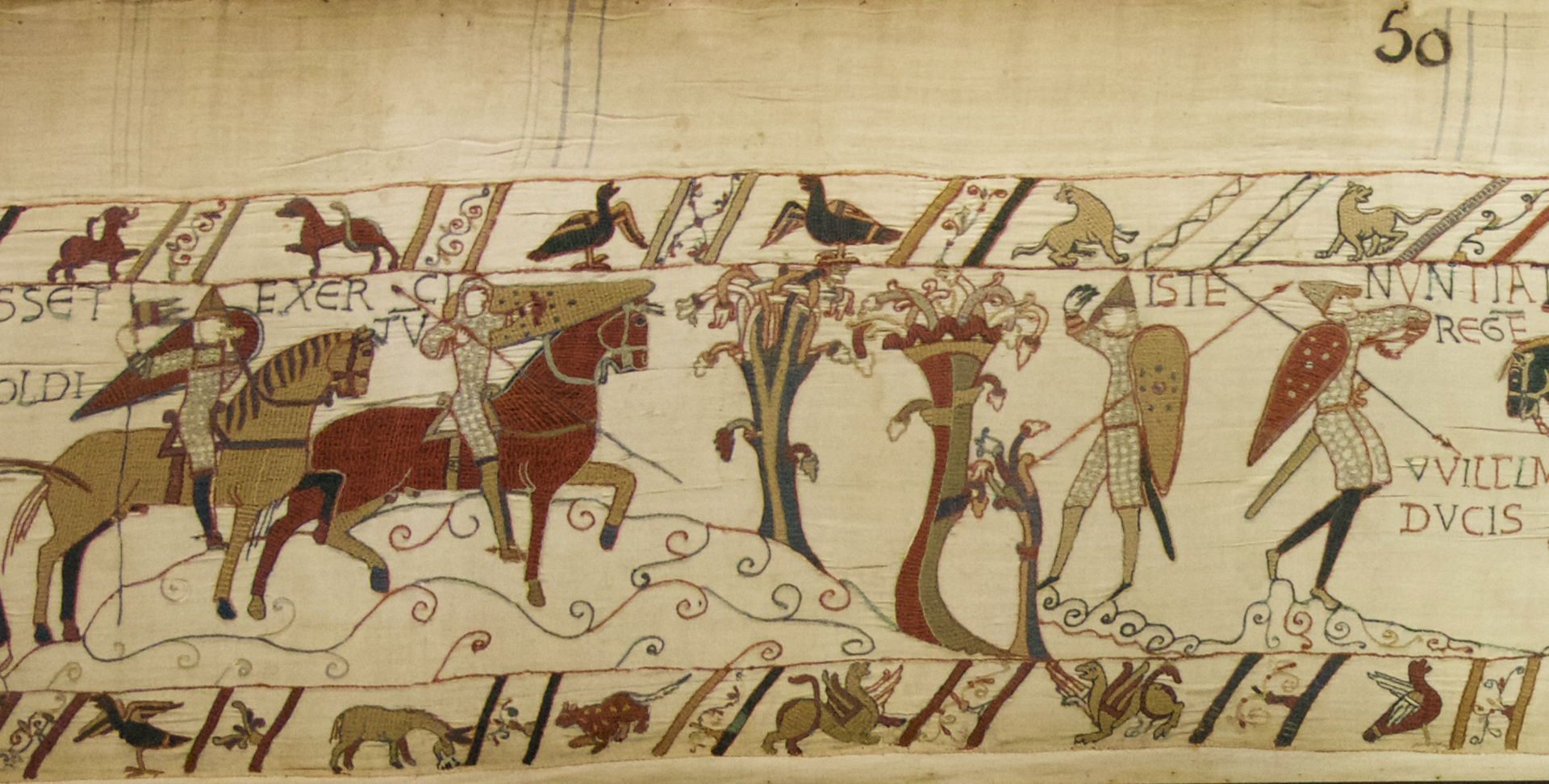

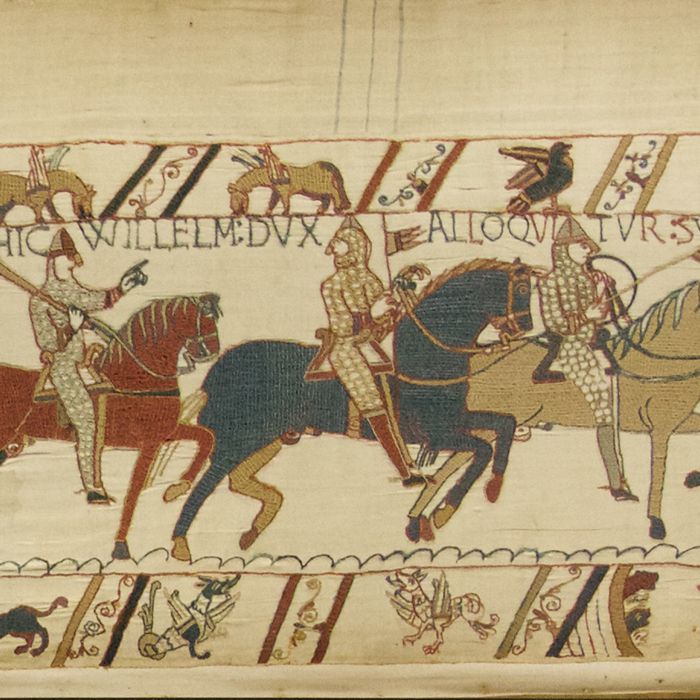
Pilgrims would walk many miles to see them or touch them. They hoped to see a miracle!
Architecture therefore had to adjust to this. For example, it was necessary to enlarge buildings to make room for all these new visitors.
This new type of building was spread through:
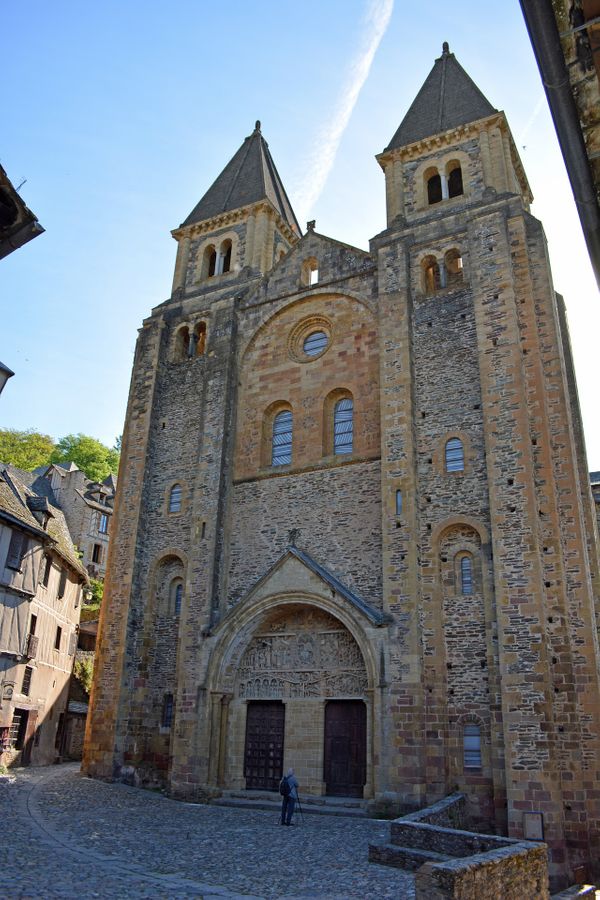

In the 11th and 12th centuries, religious buildings were enlarged to make room for pilgrims who came to see the relics.
How do you build a Romanesque church? Here is the method, which would have been adjusted to suit each region.
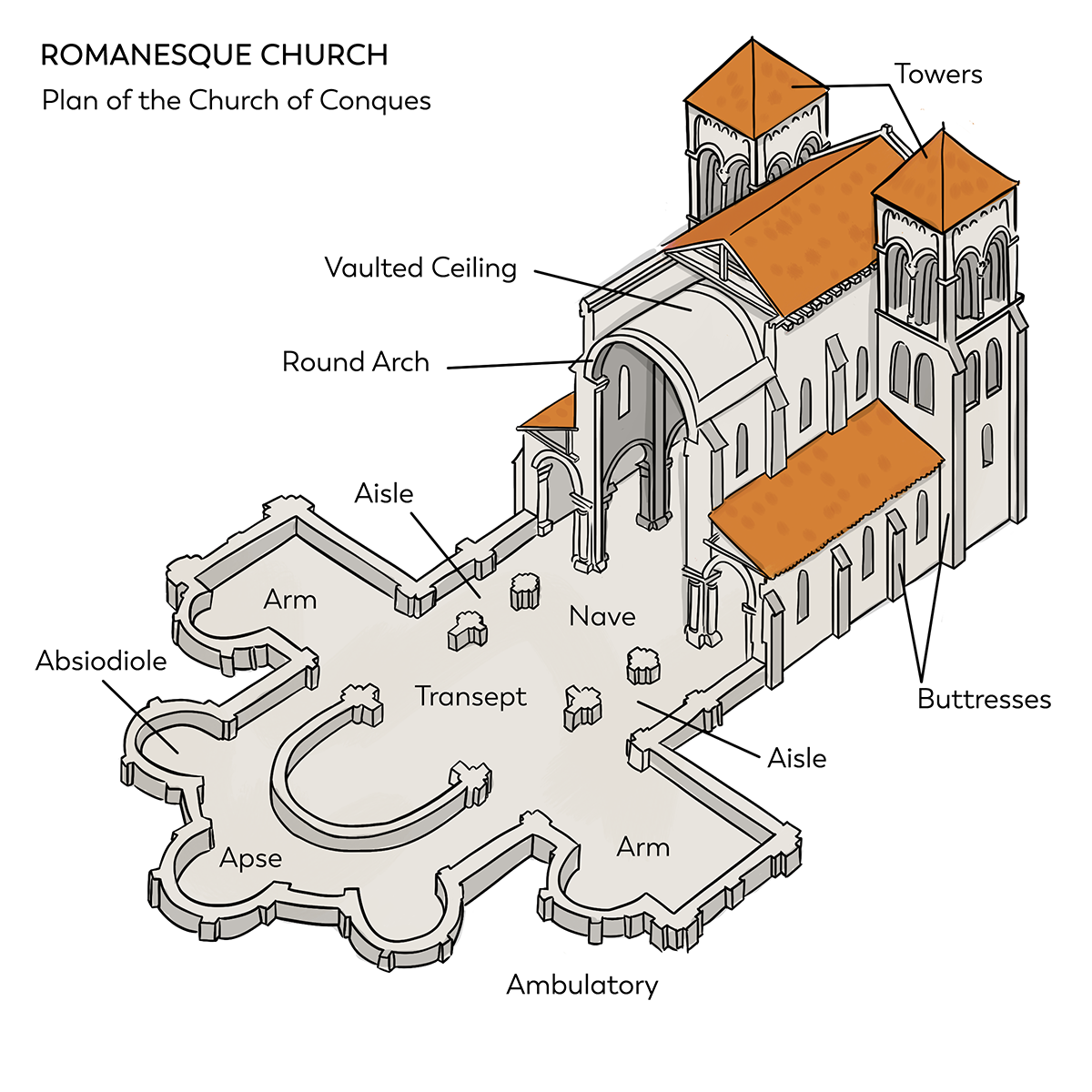
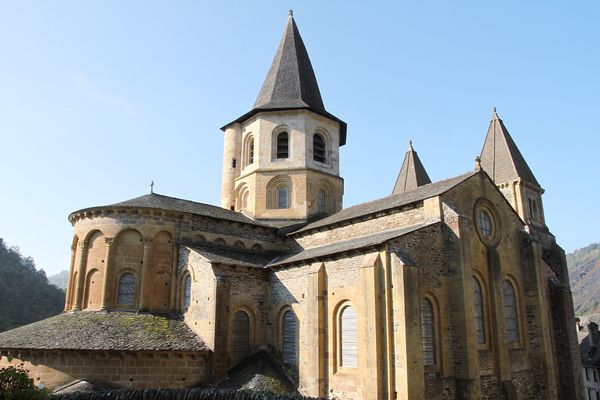
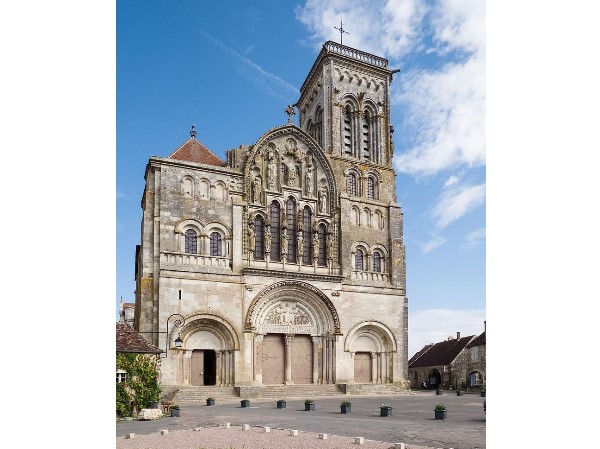
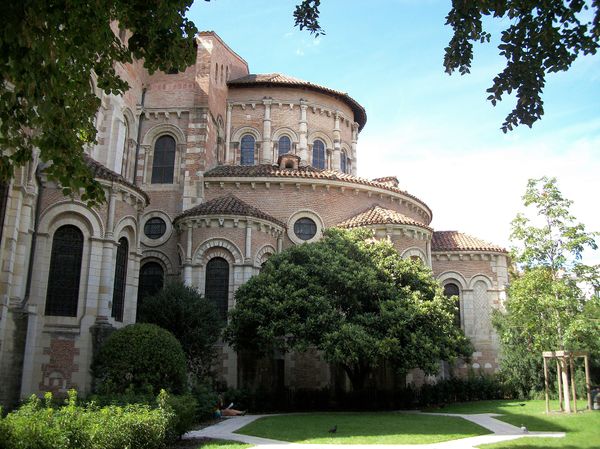

Romanesque architecture has several characteristics: rounded arches, thick walls, narrow windows, painted decorations and sculptures.
Not everyone followed these methods for building Romanesque architecture.
There were even two radically different movements.
The order of Cluny
On the one side, the Cluny religious order had big dreams for their buildings! They decorated many of them in rich, luxurious style. The Cluny church that they built is 190 metres long and would remain the largest in Europe for five centuries.
The Cistercian order
On the other side, the Cistercians could not stand decorations and colour. Their motto was soberness and simplicity.

The Cluny religious order loved decadent architecture, whilst the Citeaux order advocated for a plain and simple style.
Of course, Romanesque art is not just a matter of architecture. The following is a brief summary of practice at the time.

Romanesque art is also found in embroidery, sculpture, illuminated manuscripts, metalwork and ivory.
During the Middle Ages, religion was part of daily life. It’s not surprising to see a lot of sacred works, created for the glory of God!
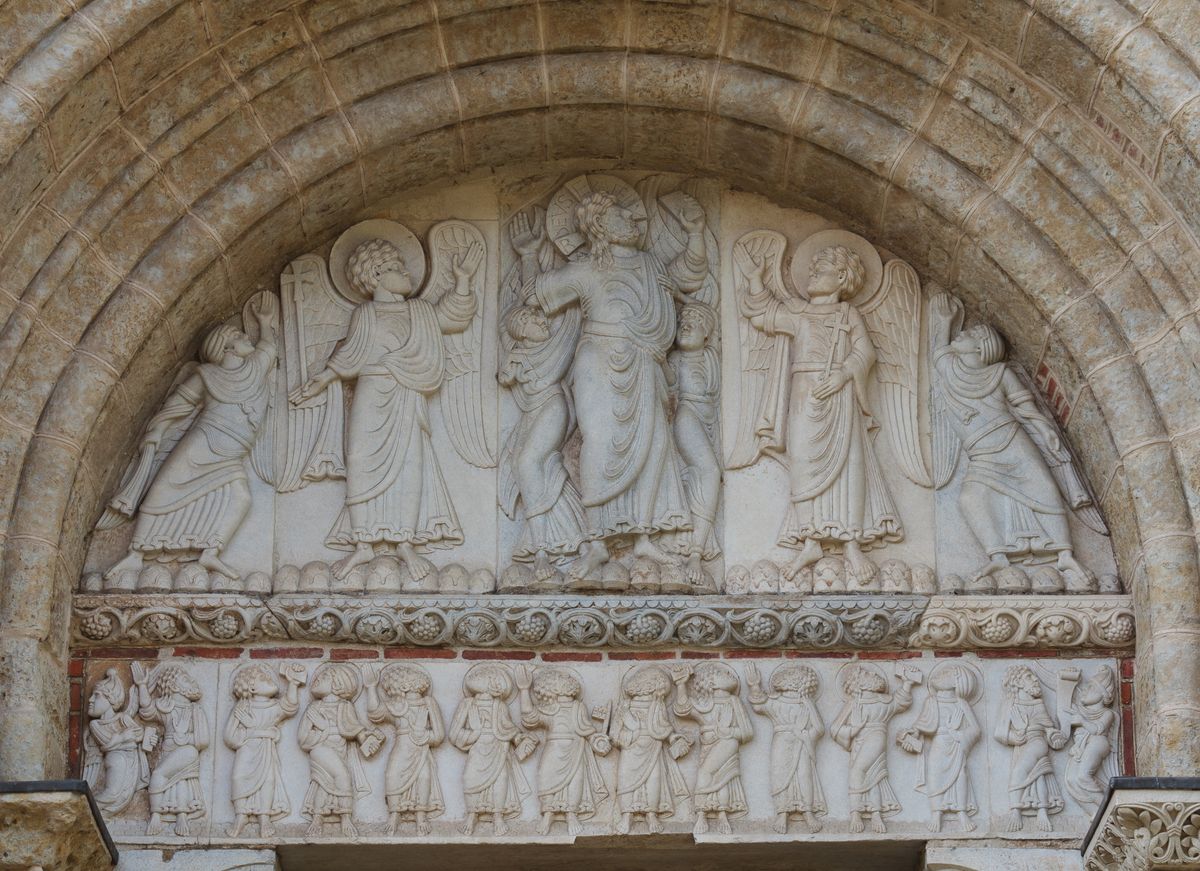
But “secular” art, meaning non-religious, also existed. We generally find it in properties belonging to rich lords…
…for instance, this scene of courtly love.
The boundary between the two is sometimes unclear. This is illustrated by the Bayeux tapestry, which has a military theme, but installed in a church. As for the Lords, they had no hesitation in funding religious works to demonstrate their riches and power.
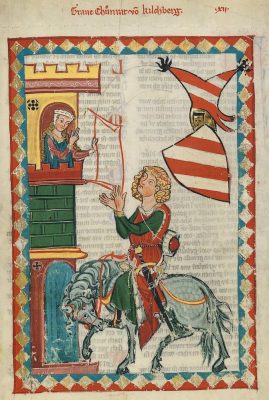

Sacred works of art are created for the glory of God, unlike secular art.
There was one type of artwork that was snapped up in the Middle Ages, whether or not it was religious: luxury metalwork. This was convenient, since the artists were excellent metalworkers at the time. In fact, they perfected a technique: enamel work.

The metalworkers of the Middle Ages improved enamelling techniques (coloured glass powder set on a metal base).
To make all these objects, the people had no choice but to bring raw materials from all over the world. This is enough to challenge the preconceived idea that people in the Middle Ages were inward-looking.
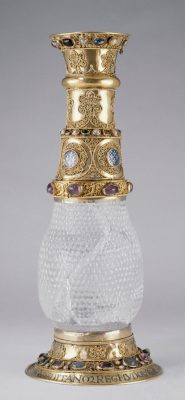
In fact, there was a lot of travel during the Middle Ages, for various reasons: trade, pilgrimages, or war. The Crusades, for example, were an attempt to conquer the holy city of Jerusalem. Islamic artworks, whether acquired by peaceful means or not, were frequently encountered in the Mediaeval Western world!

People and goods travelled a lot more than we think during the Middle Ages.

"*" indicates required fields